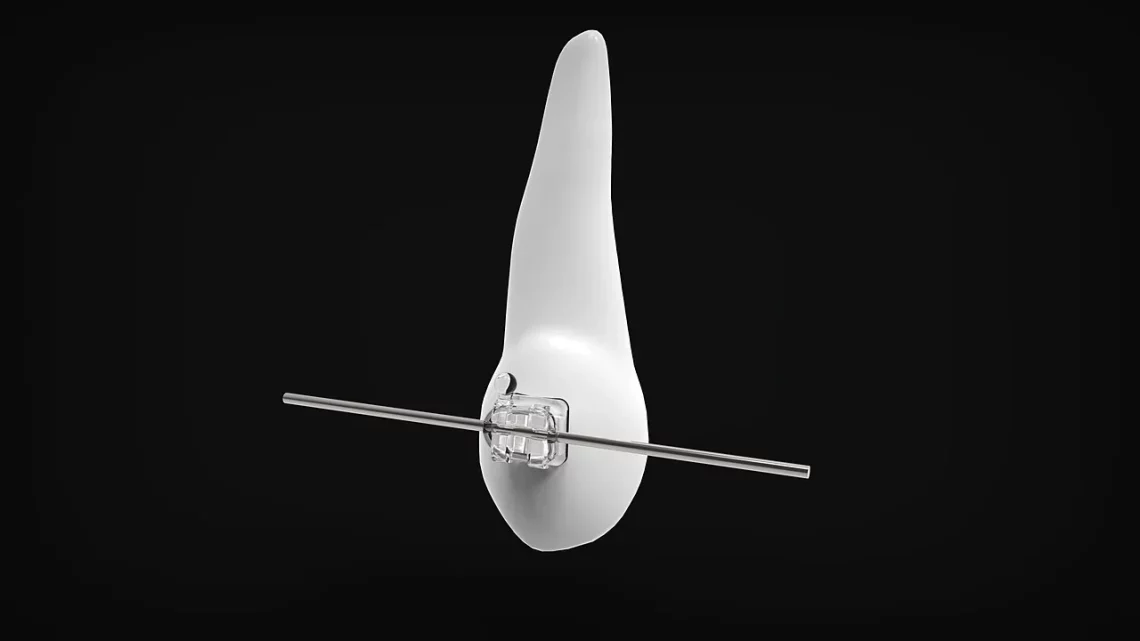
Choosing the Right Knee Brace for Hyperextension Support
Knee injuries are a common concern for athletes and active individuals alike. Among various knee issues, hyperextension is particularly problematic. This occurs when the knee is forced to bend backward beyond its normal range of motion, which can lead to pain, swelling, and even long-term damage to the ligaments and cartilage. As such, finding the right support is crucial for recovery and prevention.
The use of knee braces has become increasingly popular in managing hyperextension injuries. These braces not only provide stability but also help alleviate discomfort during physical activities. However, with numerous options available, choosing the right knee brace can be overwhelming. Factors such as the degree of support needed, the type of material, and the specific design features must all be considered carefully.
Understanding the nuances of knee braces can empower individuals to make informed decisions, ensuring they select a product that aligns with their needs and lifestyle. In a world where physical activity is often a key component of health and well-being, the right knee brace can play a significant role in maintaining mobility and preventing further injury.
Understanding Hyperextension Injuries
Hyperextension injuries occur when the knee joint extends beyond its typical range of motion. This can be the result of various activities, including sports like basketball, soccer, or even simple missteps during daily routines. When the knee hyperextends, the ligaments that stabilize the joint can stretch or tear, leading to pain, swelling, and instability.
Common symptoms of a hyperextended knee include immediate pain at the time of injury, swelling, and difficulty bearing weight on the affected leg. In more severe cases, individuals may experience a popping sensation at the time of the injury. It is essential to recognize these symptoms early, as they can help guide the appropriate treatment and management strategies.
Treatment for a hyperextended knee often involves a combination of rest, ice, compression, and elevation (RICE). However, for many individuals, especially athletes, the need for additional support is paramount to facilitate recovery and prevent re-injury. This is where knee braces come into play, providing the necessary stabilization to allow for safe movement during the healing process.
Different types of knee braces offer varying levels of support, ranging from simple sleeves that provide mild compression to rigid braces designed to limit movement and protect the knee from further injury. Choosing the appropriate type of brace is essential for effective management of hyperextension injuries.
Types of Knee Braces for Hyperextension
When selecting a knee brace for hyperextension support, it’s crucial to understand the different types available. Generally, knee braces can be categorized into three main types: prophylactic braces, functional braces, and rehabilitative braces.
Prophylactic braces are designed to prevent injuries during high-impact sports. They are typically used by athletes who participate in sports that put their knees at high risk for hyperextension. These braces provide stability and support, helping to reduce the likelihood of injury during play.
Functional braces are often recommended for individuals who have already suffered a knee injury. These braces are designed to provide support to the knee while allowing for some degree of movement. They are beneficial for individuals who are in the rehabilitation phase and looking to return to normal activities or sports.
Rehabilitative braces are used during the recovery phase after an injury or surgery. These braces are often more rigid and limit the range of motion to protect the knee while it heals. They are typically adjustable, allowing for gradual progression as the knee regains strength and mobility.
When choosing a knee brace, consider not only the type but also the fit and comfort. A well-fitted brace should provide adequate support without being overly restrictive. Look for adjustable straps or sizing options to ensure a snug fit, as this can significantly impact the brace’s effectiveness.
Key Features to Look for in a Knee Brace
Selecting the right knee brace involves evaluating several key features that can enhance its effectiveness. One of the primary considerations is the material used in the brace. Breathable, moisture-wicking fabrics can help keep the knee dry and comfortable during wear, especially during physical activities. Neoprene is a popular choice for knee braces due to its elasticity and ability to provide warmth and support.
Another crucial feature is the level of adjustability. Many braces come with adjustable straps that allow users to customize the fit according to their individual needs. This adjustability ensures that the brace remains securely in place, providing optimal support without causing discomfort.
Additionally, consider the brace’s design and how it aligns with your lifestyle. Some braces are bulkier than others, which may not be suitable for all activities. For those who engage in sports or require a more discreet option, a low-profile brace may be more appropriate.
Moreover, look for braces that offer added features such as patella support, which can help stabilize the kneecap during movement. This is particularly beneficial for individuals with a history of knee cap dislocations or patellar instability.
Finally, check for user reviews and recommendations. Hearing from others who have used the product can provide valuable insights into its effectiveness and durability. Choosing a reputable brand known for quality can also ensure that you are investing in a reliable product.
Consulting with a Healthcare Professional
While selecting the right knee brace is essential, it’s equally important to consult with a healthcare professional before making a purchase. A doctor or physical therapist can provide a thorough assessment of your knee condition and recommend the most suitable type of brace based on your specific needs.
Healthcare professionals can also guide you on how to use the brace correctly and incorporate it into your rehabilitation program. They may suggest additional exercises or therapies to help strengthen the knee and improve overall stability.
Furthermore, they can help monitor your progress and make necessary adjustments to your treatment plan as you heal. This collaborative approach ensures that you are not only addressing the symptoms of hyperextension but also working towards long-term recovery and prevention of future injuries.
In conclusion, the right knee brace can significantly impact recovery from hyperextension injuries. By understanding the various types of braces available, key features to consider, and the importance of consulting with healthcare professionals, you can make an informed decision that aligns with your health and lifestyle needs.
**Disclaimer:** This article is not intended as medical advice. Always consult with a healthcare professional for any medical concerns or before starting a new treatment.




